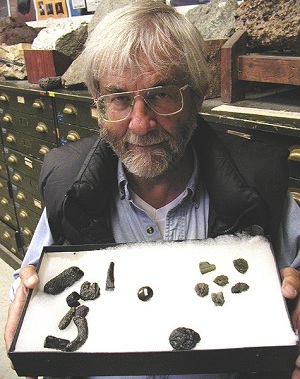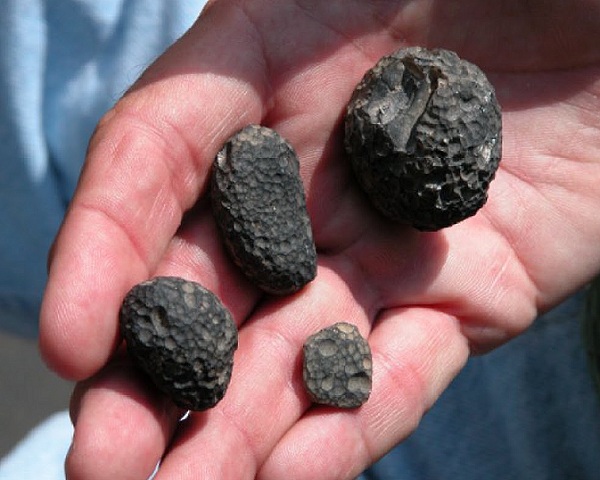
A scattering of mysterious stones in Sonoma and Solano counties appears to be a newly documented population of tektites, a team of local geologists argued last week. Their poster presentation at the San Francisco meeting of the American Geophysical Union laid out new evidence about these unusual rocks.
Tektites are what you might call a semi-meteorite—they are Earth material that has been melted in large cosmic impact events and splashed into nearby outer space. As they fall back through the atmosphere, the glassy drops gain the blowtorched appearance of meteorites. You can buy them at any well-equipped rock shop and any of the Bay Area's rock and mineral shows. They are distinct in many ways from real meteorites, which are pieces of rock or metal from heavenly bodies, mostly asteroids.
Tektites are found scattered in large oval territories called strewnfields, each of which represents a single impact event. Until now, only five strewnfields were known: in the southeastern U.S., in Indochina, in central Europe, in Ivory Coast and in Central America. Three of these have been linked to a known impact crater by dating and chemistry. In last week's presentation, Professor Emeritus Rolfe Erickson of Sonoma State University and three coauthors made a wide-ranging case that we have our own Healdsburg strewnfield, "only a very small part of which has been identified to date."
Erickson first issued a call to the Bay Area's rockhounds in 2003, when the photo above was made. Since that time he has acquired more specimens and scraped the money together to have some tests made. Among these were age dating, done in Berkeley by the highly sensitive argon-argon method, and detailed chemical analyses. Their chemistries are very close to identical, putting them in the rhyolite category, and the four argon ages are statistically the same at about 2.823 million years.
That alone doesn't rule out volcanic rocks like obsidian, of which the North Bay has plenty, or the volcanic blobs called Apache tears. But their shapes and surface appearance are quite unlike these candidates and exactly like the tektites I own.

Erickson's team described the pits and grooves in these specimens and concluded, in their best scientific language, that "the clasts look like tektites." Additionally, the stones have no sign of weathering, which is quite unlike obsidian of that age, and their smooth surfaces show that their rounded shapes could not have come about by erosion in a stream. See more detail in the poster's summary posted on the meeting website. Erickson says that the full poster will be posted soon at the Sonoma State library site; I'll add a comment here when that happens.